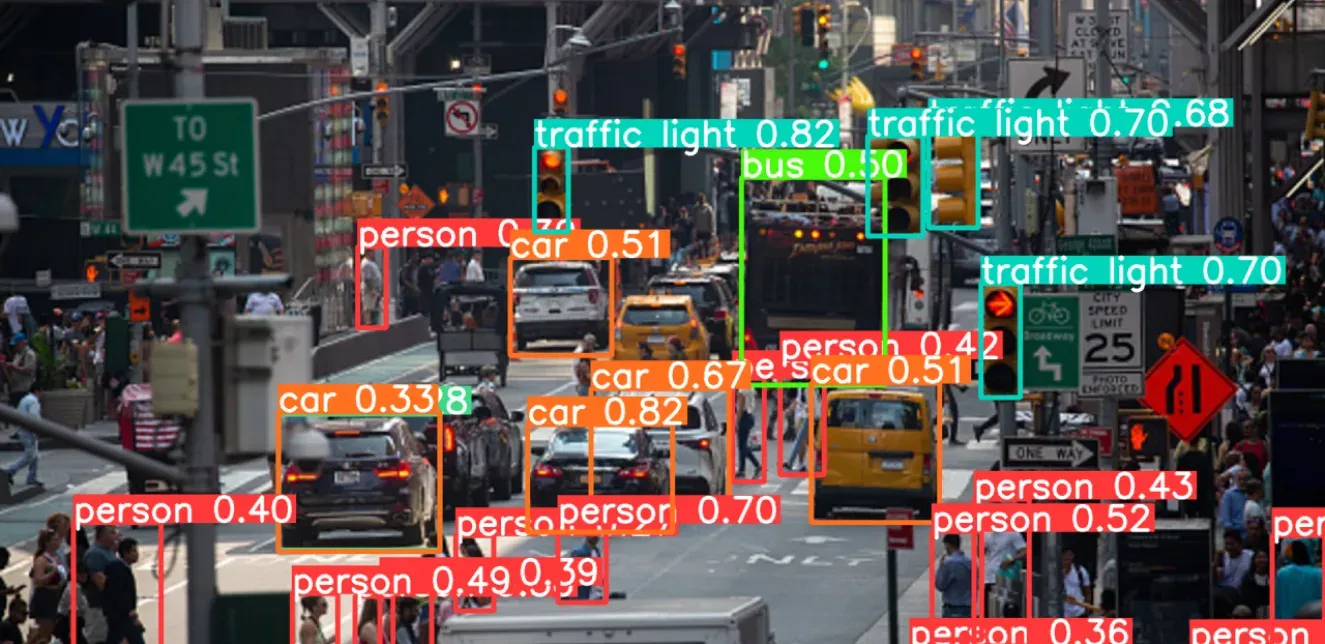The world of sports sponsorships is a multi-billion dollar game fueled by the immense reach and passionate fan bases of teams and athletes. A significant challenge for brands in sponsorships is ensuring for efficient brand detection and that your brand logos receive sufficient visibility during broadcasts. The pivotal question remains: while you’re investing in sponsorship, are you effectively measuring its impact to drive business growth for your brand? Research indicates that, there may be a 68% miscalculation of ROI and that as many as 88% of sponsorships are deemed inefficient.
The current challenges in brand detection for sponsorship monitoring include:
- ● Analysis of brand visibility that demands significant time investment
- ● Inconsistent intervals of brand logo visibility across platforms
- ● Varied sizes of brand logos posing detection difficulties
- ● Diverse brand placements within different mediums like clothing and stadiums
Moreover, the delay in obtaining online advertising impression data contrasts with the demand for real-time analysis, which can enable immediate negotiation of brand placements during or after event broadcasts.
Computer vision AI-enabled brand detection offers an optimal solution to address these challenges. By integrating artificial intelligence, you can make data-driven decisions to enhance your business outcomes and significantly increase your brand’s exposure in the sponsorship field. Computer vision AI provides you with the measures to swiftly and accurately analyze brand visibility, sizes, and placements across various mediums. With computer vision AI-powered solutions, you can optimize your sponsorship strategies based on real-time insights, ensuring maximum impact and effectiveness.
The Impact of AI-powered Sponsorship Metrics on Brand Detection Strategies
AI-powered sponsorship metrics provide actionable insights to identify trends, uncover opportunities, and optimize your sponsorship investments for optimal results in brand detection. These insights enable you to tailor your messaging, target the right audience segments, and allocate resources effectively to drive meaningful engagement and ROI. With AI at your disposal, you can continuously monitor and adapt your sponsorship initiatives, ensuring they align with your business objectives and deliver tangible value.
- ● Real-time Insights: Computer vision technology uses deep learning algorithms for object detection and image recognition processes to provide fast, accurate, real-time data analysis of your brand visibility while broadcasting.
- ● Maximizing Brand Visibility: Computer vision AI solutions serve as intelligent tools analyzing vast databases to track every broadcast from a single platform and pinpoint areas for development in brand logo placement for more visibility. Brand placement measurement in sports sponsorship offers insights into the value generated by it. In addition to assessing brand visibility and the impact of brand placement and size on audience engagement, white space analysis identifies potential placements lacking branding but gaining exposure. This approach evaluates sponsorship effectiveness, tracks competitor placements, optimizes resource allocation, measures ROI, identifies trends, and enhances negotiations.
- ● Improved Decision Making: Computer vision AI technologies provide valuable data on brand logo exposure, frequency and time of brand appearance, clarity, size, prominence, audience engagement, and conversion rates. The value of a brand increases with both the frequency and duration of exposure of the brand logo, especially when placed prominently and in a larger size, such as in the centre. This data empowers you to make informed decisions and strategize effectively to enhance brand visibility, optimize your investments and drive higher returns.
The Must-Track Sponsorship Metrics for Effective Brand Detection
Building upon the benefits of metrics calculation of brand detection in sports sponsorship, understanding what to measure is essential for maximizing the impact of your sponsorship investments. With AI-powered tools, businesses can track a range of crucial metrics to evaluate the effectiveness of their sponsorships and drive tangible results. The following are the major sponsorship metrics you need to track with AI to ensure you make informed decisions and optimize your sponsorship strategy for success.
- ● Brand Impressions: Computer vision AI-powered image recognition and object detection deliver precise data on how often your brand appears during games, broadcasts, and social media platforms. It analyzes factors like the duration of time your brand logo was on screen, its overall clarity and prominence compared to background elements, and even the share of voice your brand commanded compared to competitors.
- ● Brand Awareness and Audience Engagement: AI-based social listening tools analyze online conversations, providing insights into brand sentiment of audience associated with the sponsorship. By tracking brand exposure in shares, comments, online searches, social media videos and other engagement activities, you can measure the true impact of your sponsorship on the audience and gain valuable insights into purchase consideration. It also analyses the brand familiarity with the audience, offering a nuanced picture of your brand’s true impact beyond just logo detection.
- ● Brand Recall Assessment: Measuring brand recall by the audience is crucial for understanding how well sponsorships are leaving a lasting impression. The effectiveness of these metrics depends on the AI-driven insights on the frequency of brand exposure and the duration of the sponsorship. This data helps you evaluate the efficiency of your sponsorship in building brand awareness and memory retention.
- ● Competitor Evaluation: Beyond assessing data points such as brand exposure and sponsorship duration, examining your competitor’s sponsorship activity is crucial to benchmark your performance against them. By identifying the events, teams, or leagues they sponsor, you gain insight into their expenditure and efficiency compared to yours. Additionally, analyzing your share of voice relative to competitors provides valuable context on the visibility of your sponsorship efforts.
Setting SMART Goals for Sponsorship Success with AI
To utilize AI-based metrics effectively, it’s crucial to set SMART goals for your sponsorship. Here are some questions to consider when setting your sponsorship goals with the power of AI in mind:
- ● Specific: What specific goals do you hope to achieve through brand detection in sponsorship monitoring? Are you aiming to enhance brand recognition, analyze placement frequency, or increase brand visibility by a certain percentage during sports events?
- ● Measurable: How do you plan to measure success using AI-powered metrics? Will you be quantifying logo impressions, tracking brand exposure duration, or analyzing audience interactions with sponsored content?
- ● Achievable: Have you assessed the feasibility of your sponsorship monitoring goals, taking into account the capabilities of AI technologies for brand detection? Do your goals align with the accuracy of AI algorithms and the resources available for data collection and analysis?
- ● Relevant: Does this sponsorship align with your overall marketing strategy? How do your brand detection objectives synchronize with broader marketing goals and organizational priorities, such as enhancing brand visibility or fostering audience engagement?
- ● Time-Bound: When are the deadlines for achieving your sponsorship monitoring goals and evaluating the impact of brand detection efforts? How can you establish clear deadlines to drive accountability and track progress effectively?
By setting SMART goals and leveraging AI-powered metrics, you can track your progress, measure the true ROI of your sponsorship, and continuously optimize your campaign for maximum impact. In this changing landscape, it’s clear that embracing AI is not just a choice but a necessity for those aiming to stay competitive.
Ready to revolutionize your sponsorship strategy and unleash your brand’s full potential? Say goodbye to guesswork and gain unparalleled insights with Random Walk’s comprehensive visual AI services and AI integration services. Whether it’s brand detection, analyzing sentiment, or optimizing campaign performance, our tailored solutions are designed to drive measurable results. Ready to take your sponsorship game to the next level? Contact RandomWalk today and let’s make every sponsorship count!
BrandCut, our AI-driven platform, pioneers brand detection solutions tailored for sports sponsorship monitoring. Our technology facilitates real-time brand logo detection, providing comprehensive metrics and actionable insights for brand managers and sponsors. From analyzing brand logo exposure to quadrant analysis, our platform equips you with the tools to make informed decisions. We excel in competition analysis, providing valuable insights for strategic advantage. This enables you to optimize ROI and increase brand exposure effectively. We also monitor social media videos to track brand logo placements, refining marketing strategies, and evaluate logo visibility in corporate events.






